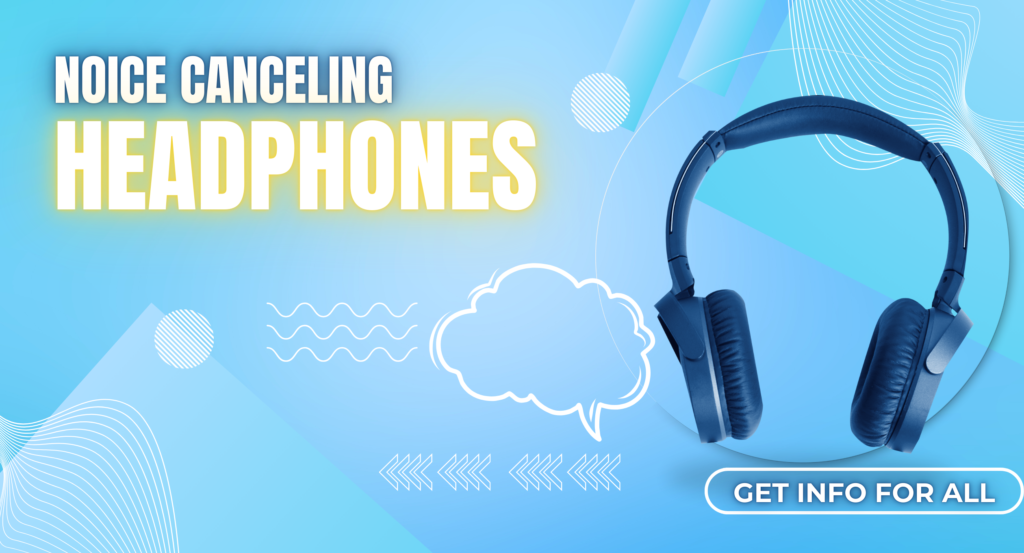Voice Translator Device Review: A Comprehensive Guide
In an increasingly connected world, language barriers continue to pose significant challenges to communication, whether for business, travel, or personal interactions. Enter the Voice Translator Device, a portable gadget that promises to eliminate language obstacles by translating spoken language in real-time. For globetrotters, international professionals, and anyone navigating multilingual environments, these devices offer the convenience of direct communication without the need for language proficiency. Check out the Best Voice Translator Device – Get Info For All.
In this review, we will delve into the features, benefits, performance, and limitations of voice translator devices, helping you make an informed decision. Let’s examine the essential aspects of these devices and how they fit into modern communication. Check out the Best Voice Translator Device – Get Info For All.

What is a Voice Translator Device?
A voice translator device is a portable gadget designed to recognize spoken words and translate them into another language almost instantly. It uses advanced speech recognition technology, natural language processing (NLP), and artificial intelligence (AI) algorithms to offer accurate translations. These devices often support multiple languages and provide both text and voice outputs, ensuring seamless conversations between speakers of different languages.
Voice translator devices come in various shapes and sizes, from handheld devices to smartphone-like gadgets with built-in microphones and speakers. Some require an internet connection for accurate translation, while others offer offline capabilities.
Key Features of a Voice Translator Device
- Multi-Language Support: One of the most appealing features of voice translator devices is their ability to support a wide range of languages. Most devices support over 50 languages, with premium models handling more than 100 languages. This broad language coverage is ideal for international travelers or people who work with clients and colleagues from diverse linguistic backgrounds.
- Real-Time Translation: Real-time or near-instantaneous translation is the core function of these devices. After you speak into the device, it quickly recognizes and processes the speech, providing translations in seconds. This is particularly useful in fast-paced environments, such as business meetings or while navigating foreign streets.
- Two-Way Translation: Most modern devices offer two-way translation, meaning you can both speak and listen in different languages. This enables back-and-forth conversations between two or more people speaking different languages. Some devices even allow for group conversation support, with simultaneous translations for multiple participants.
- Voice and Text Output: While voice output is the primary function, many devices also offer text translations. A screen displays the translated sentence or phrase, giving users a visual reference. This is especially helpful for complex sentences or situations where clarity is essential.
- Offline Functionality: Some devices offer offline translation for select languages, which is useful when traveling to remote areas without internet access. However, offline translations may not be as accurate as those performed online, given that cloud-based AI systems have access to larger databases and more powerful processing capabilities.
- Long Battery Life: Portability is a key feature of any mobile gadget, and voice translators are no exception. Many devices boast long battery life, some offering up to 24 hours of continuous use or more. This feature is invaluable for long trips or all-day events, ensuring you won’t need to worry about recharging frequently.
- Noise-Cancellation Technology: To ensure accurate speech recognition in noisy environments, some voice translator devices come equipped with noise-cancellation technology. This allows the device to focus on the speaker’s voice while minimizing background noise, resulting in more accurate translations.
- Durability and Portability: Most voice translator devices are designed for travel, meaning they are lightweight, compact, and easy to carry around. Additionally, many are built to withstand the rigors of frequent use, offering durable designs with water resistance or shockproof casings.

How Does a Voice Translator Device Work?
The basic operation of a voice translator device involves three key steps:
- Speech Recognition: The device’s microphone captures the spoken words and converts them into text. This is where noise-canceling microphones and advanced speech recognition algorithms play a crucial role in ensuring accuracy.
- Language Processing: Once the spoken words are converted into text, the device’s AI system processes the language. It identifies the grammatical structure and context to provide an accurate translation. Online-enabled devices often use cloud-based AI models, making use of vast language databases to enhance translation accuracy.
- Translation Output: The translated text is then either spoken aloud through the device’s speaker or displayed on the screen. High-quality devices can switch between different languages seamlessly, allowing for smooth conversations.
Pros of Voice Translator Devices
1. Instant Communication Across Language Barriers:
The ability to communicate in real-time with people who speak different languages is a significant advantage. Whether you’re a traveler trying to order food in a foreign country or a business professional negotiating contracts, voice translator devices enable fluid communication.
2. Compact and Portable:
The portability of these devices makes them extremely convenient. They can easily fit in your pocket or backpack, making them readily accessible when needed. This is particularly useful for travelers, who might need translation assistance at any given moment.
3. Affordable and Accessible:
While some high-end models can be expensive, there are many affordable options that offer robust features. Additionally, the growing demand for these devices has led to more competition, which generally drives prices down and leads to the development of more user-friendly options.
4. Multiple Language Support:
Voice translator devices offer support for numerous languages, making them incredibly versatile. This is particularly useful for users who frequently travel to different countries or engage with people from various linguistic backgrounds.
Cons of Voice Translator Devices
1. Accuracy Limitations:
While most voice translator devices offer impressive performance, they are not 100% accurate. Contextual misunderstandings, regional dialects, and cultural nuances can lead to mistranslations. Moreover, offline translations tend to be less accurate than online translations due to limited access to language databases.
2. Dependency on Internet Connectivity:
Many voice translator devices rely on an internet connection for optimal performance, as online translation allows access to cloud-based AI systems. Without internet access, some devices may offer limited functionality or lower translation quality.
3. Lag in Real-Time Translation:
Although many devices advertise real-time translation, there can still be a slight delay, especially with longer sentences or complex grammar structures. In fast-paced conversations, this lag can become noticeable and may hinder fluid communication.
4. Limited Offline Language Support:
While some voice translators offer offline capabilities, the number of supported languages is often limited. If you’re traveling to a remote area or a place with poor internet connectivity, you may not have access to all the languages the device supports online.
Popular Voice Translator Devices on the Market
Here’s a brief look at some popular voice translator devices currently available:
- Travis Touch Go: Offers translations in over 155 languages, with a touch screen interface and both online and offline modes. It also supports group conversations with its two-way translation.
- Langogo Genesis: Known for its easy-to-use interface and high translation accuracy, Langogo Genesis offers offline translation in 14 languages and online support for over 100 languages.
- Pocketalk Classic: This device supports over 80 languages and is well-regarded for its long battery life and easy portability. It also features a noise-canceling microphone, making it ideal for use in noisy environments.
Conclusion
Voice translator devices are becoming increasingly valuable tools for breaking down language barriers. Whether you’re traveling, conducting business, or engaging in cross-cultural communication, these devices offer a simple and effective solution for instant translations. While there are limitations, such as accuracy in certain contexts or the need for internet connectivity, the benefits far outweigh the drawbacks. As technology continues to evolve, we can expect even greater improvements in voice translator devices, making them indispensable tools for global communication. Check out the Best Voice Translator Device – Get Info For All.
If you’re someone who frequently interacts in multilingual environments, investing in a high-quality voice translator device can greatly enhance your ability to communicate, making the world a little smaller and more connected. Check out the Best Voice Translator Device – Get Info For All.


